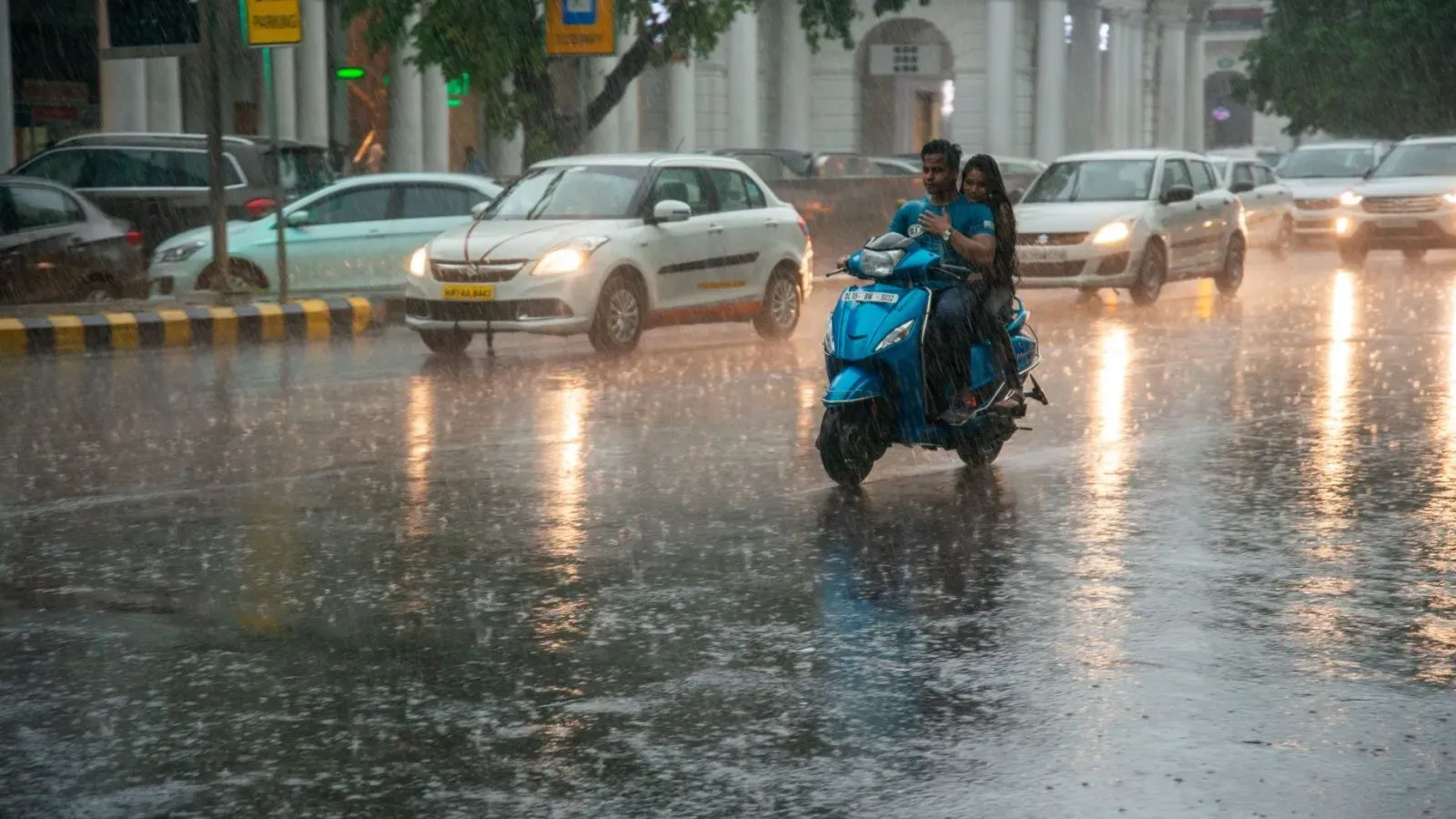Personal Finance News
Monsoon comes early in 2025: Here's how you can protect your car and bike during the rains

4 min read | Updated on May 27, 2025, 16:14 IST
SUMMARY
While following all the tips mentioned above will help minimise damages due to rain during the monsoon, you should ensure having an updated motor insurance policy as the monsoon season starts.

You should take adequate precautions before driving in rain. | Representational image source: Shutterstock
The monsoon generally lasts around four months. In this period, car and bike owners should take several measures, including adequate motor insurance, to save money in case of any damage to their vehicles due to the rains.
This article explains how you can protect your car and bikes during the rains by following certain tips and getting adequate auto insurance.
Tips to avoid rain-related damage
Car and bike owners should always take adequate measures to avoid rain-related damage to their vehicles. Let's have a look at some of the common measures:
In case there are any scratches, dents, or paint damage on your vehicle, you may consider getting them fixed before going out in the rain to avoid rusting. You may also consider applying an anti-rust coating for further protection. For the underbody of the vehicle, you should consider regularly removing mud and road grime, as they may lead to rust and wear in the long run.
However, if it is unavoidable, then you should ride in a lower gear and keep the engine revs high, which will help create a positive pressure to push the exhaust gases out and prevent water from entering. In case water has entered the engine, you should immediately stop the engine to prevent further damage.
When parking the car, ensure it is on a high ground, which will in turn help prevent water damage to the engine and electricals.
With own-damage auto insurance, one can cover incurred losses due to damage caused by floods. This type of insurance is available only for those who already have third-party auto insurance.
If you already have a comprehensive motor insurance policy, you should look at what's covered and what's not. For instance, a standard auto cover may not cover engine failure or any other damage due to waterlogging. For this, you may take an engine-protection add-on. You may also apply for an add-on to cover vehicle accessories. One may also take a zero-depreciation cover as it will eliminate the need to pay the depreciation component of claims.
Related News
By signing up you agree to Upstox’s Terms & Conditions
About The Author
Next Story



